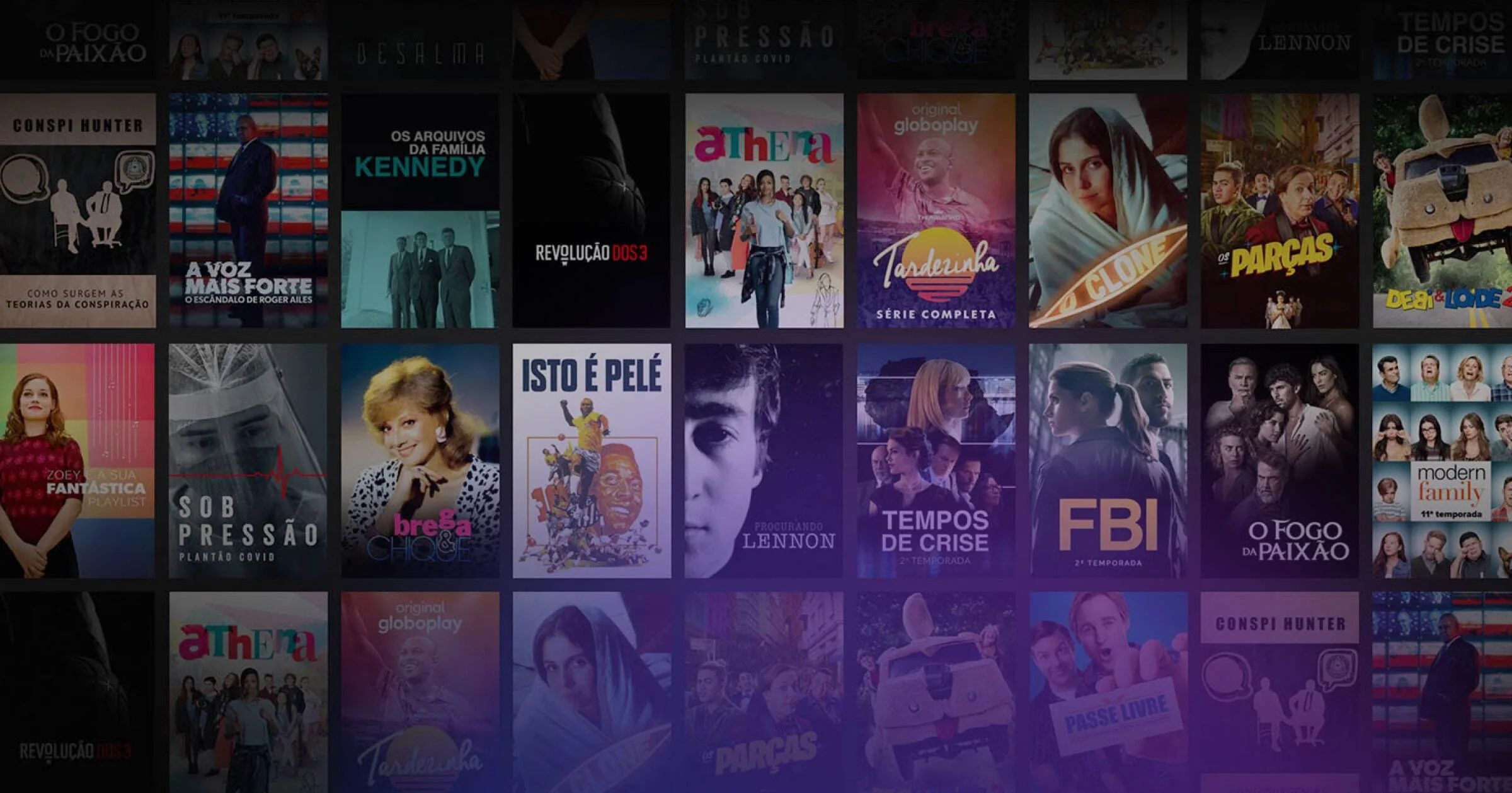As video workflows get more detailed, companies face numerous challenges in delivering a seamless viewing experience to their audiences. One of the biggest hurdles is the ability to make sense of disjointed sets of information from different points in the video delivery workflow. When a client experiences buffering or other playback issues, it can be difficult to pinpoint the root cause within a workflow. Do You rack your brain wondering if it’s a problem with the manifest, the client’s Adaptive Bitrate (ABR) algorithm, or the Content Delivery Network (CDN)? To create a clearer picture for streaming platforms and the CDNs delivering the content, this is where Common-Media-Client-Data (CMCD) comes into play.
What is CMCD and Why is it Important?
CMCD is an open specification and tool developed by the Web Application Video Ecosystem (WAVE) project launched by the Consumer Technology Association (CTA). Its focus is to allow media players to communicate data back to CDNs during video streaming sessions. It provides a standardized protocol for exchanging information between the client and the CDN, bridging the gap between client-side quality of experience (QOE) metrics and server-side quality of service (QOS) data. By providing the transmission of this detailed data and information, CMCD-enabled video streaming services can facilitate better troubleshooting, optimization, and dynamic delivery adjustments by CDNs.
With CMCD, media clients can send key-value pairs of data to CDNs, providing valuable insights into the streaming session. This data includes information such as encoded bitrate, buffer length, content ID, measured throughput, session ID, playback rate, and more. By capturing and analyzing this data, CDNs can gain a deeper understanding of the client’s streaming experience and make informed decisions to improve performance and address any issues.
What data is tracked and how is data sent and processed with CMCD?
The data points for CMCD are thorough, giving you the detailed metrics you need to verify your viewer’s experience along with how to optimize it. The metrics include:
- Encoded bitrate
- Buffer length
- Buffer starvation
- Content ID
- Object duration
- Deadline
- Measured throughput
- Next object request
- Next range request
- Object type
- Playback rate
- Requested maximum throughput
- Streaming format
- Session ID
- Stream type
- Startup
- Top bitrate
There are three common methods for sending CMCD data from the client to the CDN: custom HTTP request headers, HTTP query arguments, or JSON objects independent of the HTTP request. The choice of method depends on the player’s capabilities and the CDN’s processing requirements and could also differ by platform. In browsers, HTTP query arguments are preferred over HTTP request headers as headers would cause OPTIONS requests in addition to see if the CDN allows the usage of these headers, adding additional round-trip times. Other platforms like Android don’t have this limitation.
It is recommended to sequence the key-value pairs in alphabetical order to reduce the fingerprinting surface exposed by the player. Additionally, including a session ID (sid) and content ID (cid) with each request can aid in parsing and filtering through CDN logs for specific session and content combinations.
The Role of CMCD in Video Streaming Optimization
CMCD plays a crucial role in optimizing video streaming by enabling comprehensive data analysis and real-time adjustments. Combining client-side data with CDN logs, CMCD allows for the correlation of metrics and the identification of issues that affect streaming performance. This holistic view empowers CDNs to take proactive measures to address buffering, playback stalls, or other quality issues.
With CMCD, CDNs can segment data based on Live and Video on Demand (VOD) content, monitor CDN performance, identify specific subscriber sessions, and track the journey of media objects from the CDN to the player and screen. This level of insight enables CDNs to optimize content delivery, manage bandwidth allocation, and ensure a smooth and consistent streaming experience for viewers.
Adoption of CMCD in the Industry

Akamai and Bitmovin CMCD Workflow
The adoption and implementation of CMCD in video workflows are still developing. Many in the video streaming industry are evaluating it at the moment but haven’t made significant moves. However, there are notable players in the market who have taken the lead in incorporating CMCD into their platforms. One such example is Akamai, a prominent CDN provider. Akamai has been actively working on CMCD in collaboration with the Bitmovin Player.
Live Demo
Together, Akamai and Bitmovin have developed a demo presenting the capabilities and benefits of CMCD. The demo shows how CMCD data can be sent by the Bitmovin Player to the CDN.
What are the benefits of CMCD and how can it be implemented on the Bitmovin Player?
As listed above, there are clear benefits to implementing CMCD for video playback. Some of the benefits of CMCD that can be achieved with the Bitmovin player are:
- Troubleshooting errors and finding root causes faster
- CMCD makes Player sessions visible in CDN logs so you can trace error sessions through the Player and CDN to quickly find the root cause, reducing the cost associated with users experiencing errors on your platform.
- CMCD makes Player sessions visible in CDN logs so you can trace error sessions through the Player and CDN to quickly find the root cause, reducing the cost associated with users experiencing errors on your platform.
- Combine Playback sessions and CDN logs with common session & content identifiers
- Improve your operational monitoring by giving a clearer view of content requests from Player and how those are handled by the CDN.
- Improve your operational monitoring by giving a clearer view of content requests from Player and how those are handled by the CDN.
- Improve the quality of experience and reduce rebuffering by enabling pre-fetching
- Through CMCD, the CDN is aware of the Player’s current state and the content it most likely needs next. This allows the CDN to prepare and deliver the next packet the Player needs faster, reducing the time your viewers are waiting.
- Through CMCD, the CDN is aware of the Player’s current state and the content it most likely needs next. This allows the CDN to prepare and deliver the next packet the Player needs faster, reducing the time your viewers are waiting.
- Integration with Bitmovin’s Analytics
- Monitor every single user session and gain granular data on audience, quality, and ad metrics that ensure a high quality of experience for viewers while helping you pinpoint error sessions rapidly with CMCD data.
As Bitmovin is continuing to explore CMCD’s capabilities, we’ve made it easy to set up and deploy into video workflows through our Github. If you’re wondering how it should be working or want to see it before taking the steps to implement it, you can check out our Bitmovin Web Player Samples.
Additionally, if you have any questions or have any feedback on our experience using it, join our Bitmovin Developer community and comment on the running dialog around our CMCD implementation.
Future Implications and Industry Outlook
While CMCD is still in its early stages of adoption, its potential impact on the video streaming industry is significant. As more embrace CMCD, the ability to gather and analyze comprehensive data will become a standard practice and its benefits will become increasingly evident. This data-driven approach will enable continuous improvements in streaming performance and video workflows. This was a major reason that we at Bitmovin took this project on as transparency is key and CMCD makes the issues easier to find and address, increasing viewer and client satisfaction.
Interest in CMCD will continue to grow with new implementations and use cases, leading the industry to realize the gains from reducing buffering and delivering better, streams to viewers. Our partnership with Akamai is just one step in how we are committed to advancing video streaming technology for content providers and providing a seamless viewing experience for audiences worldwide.




